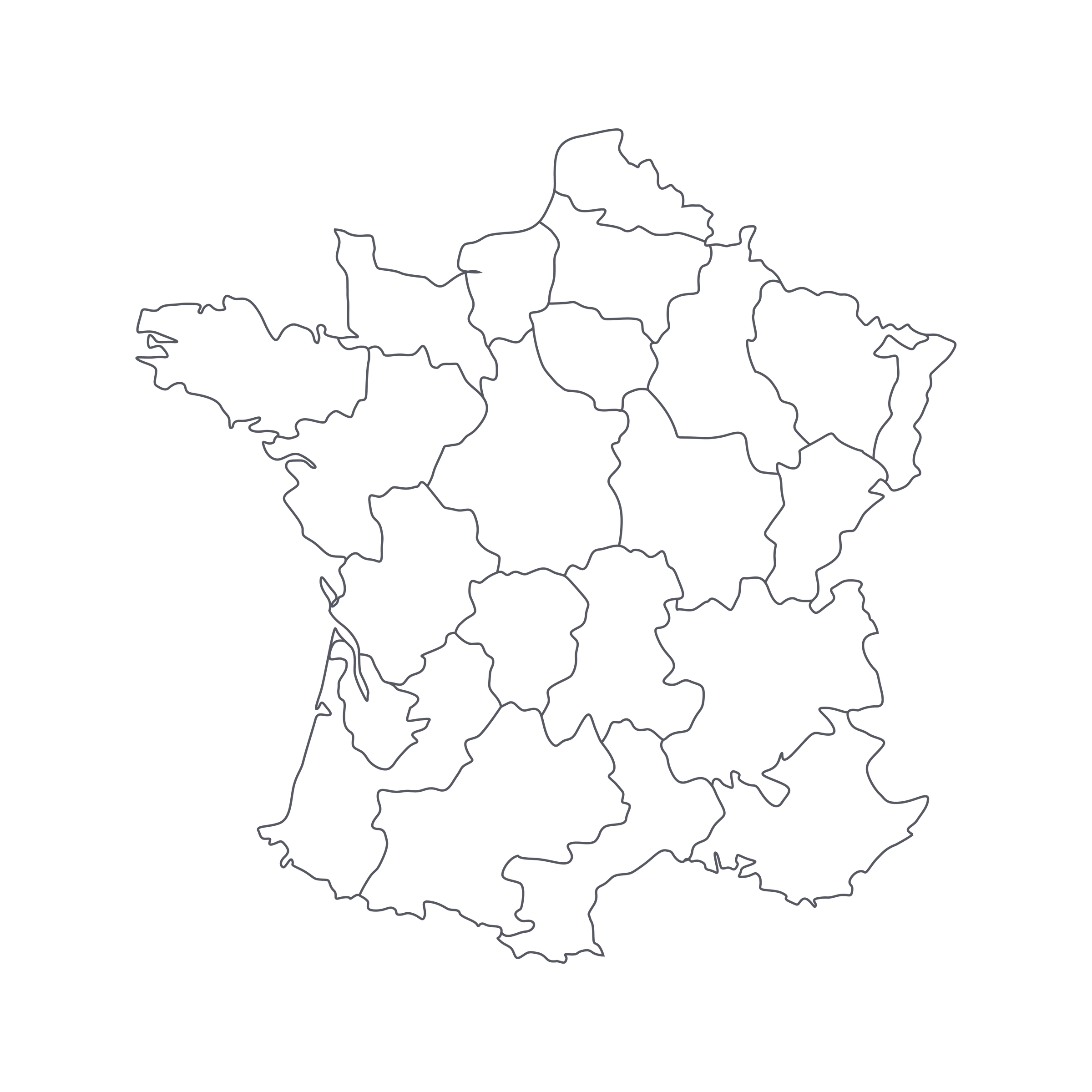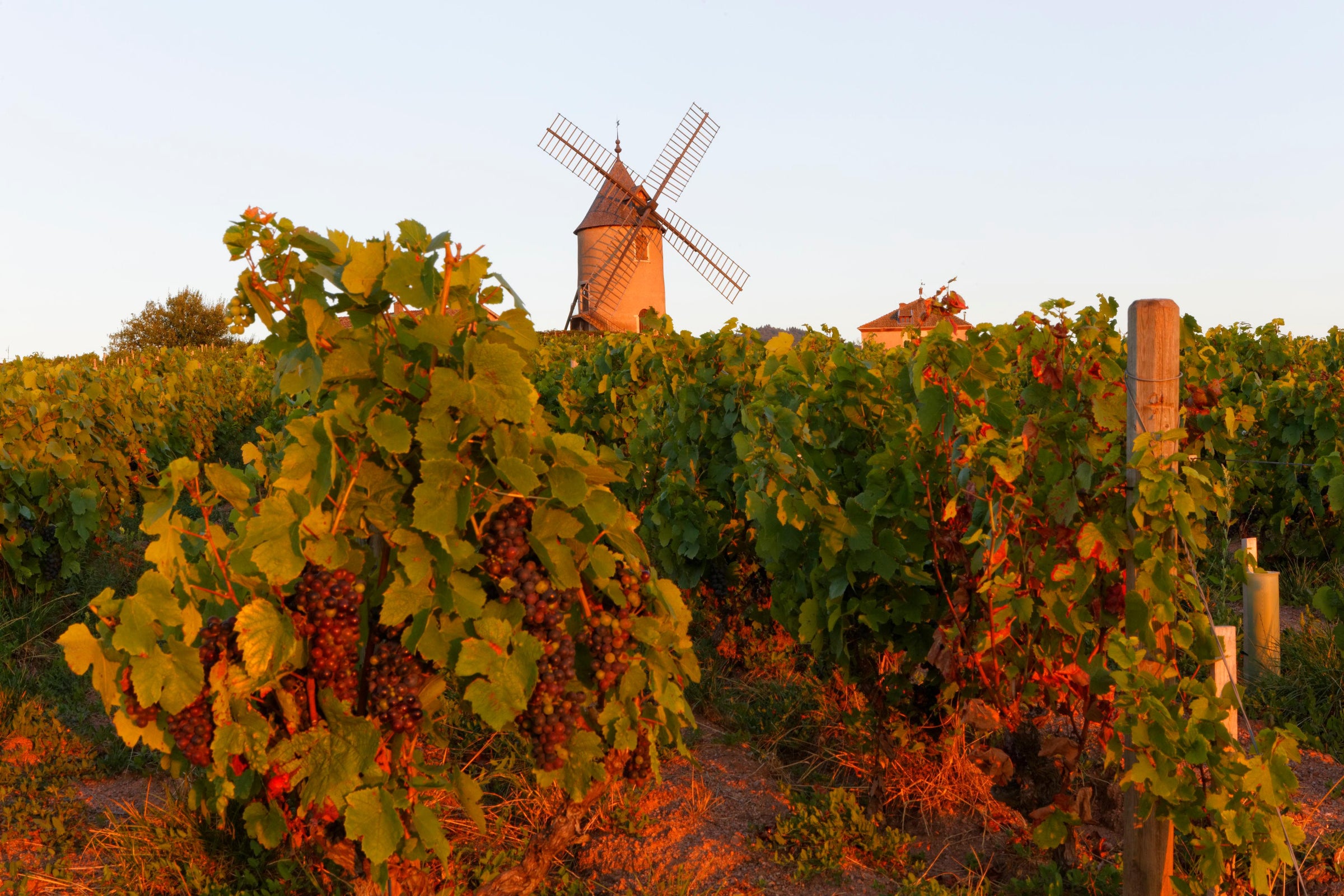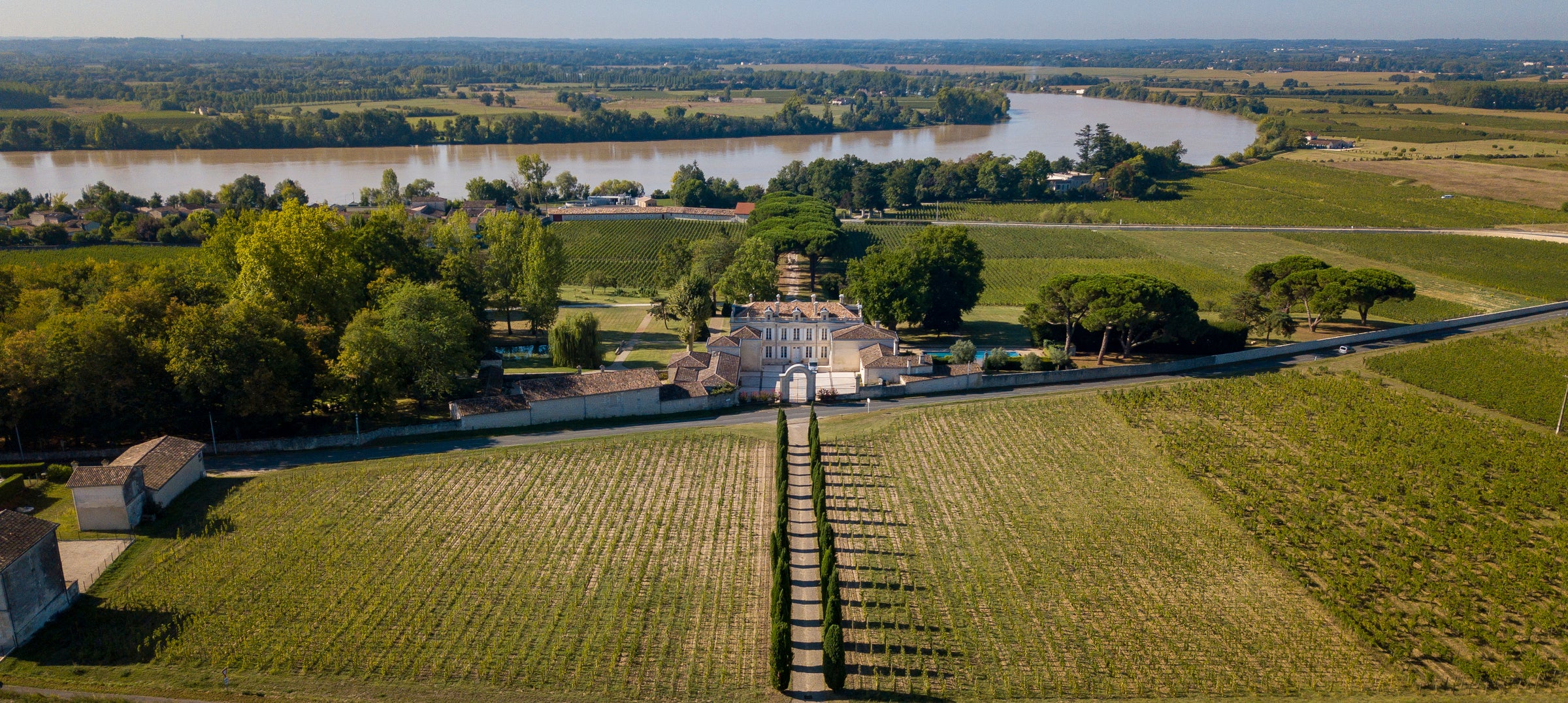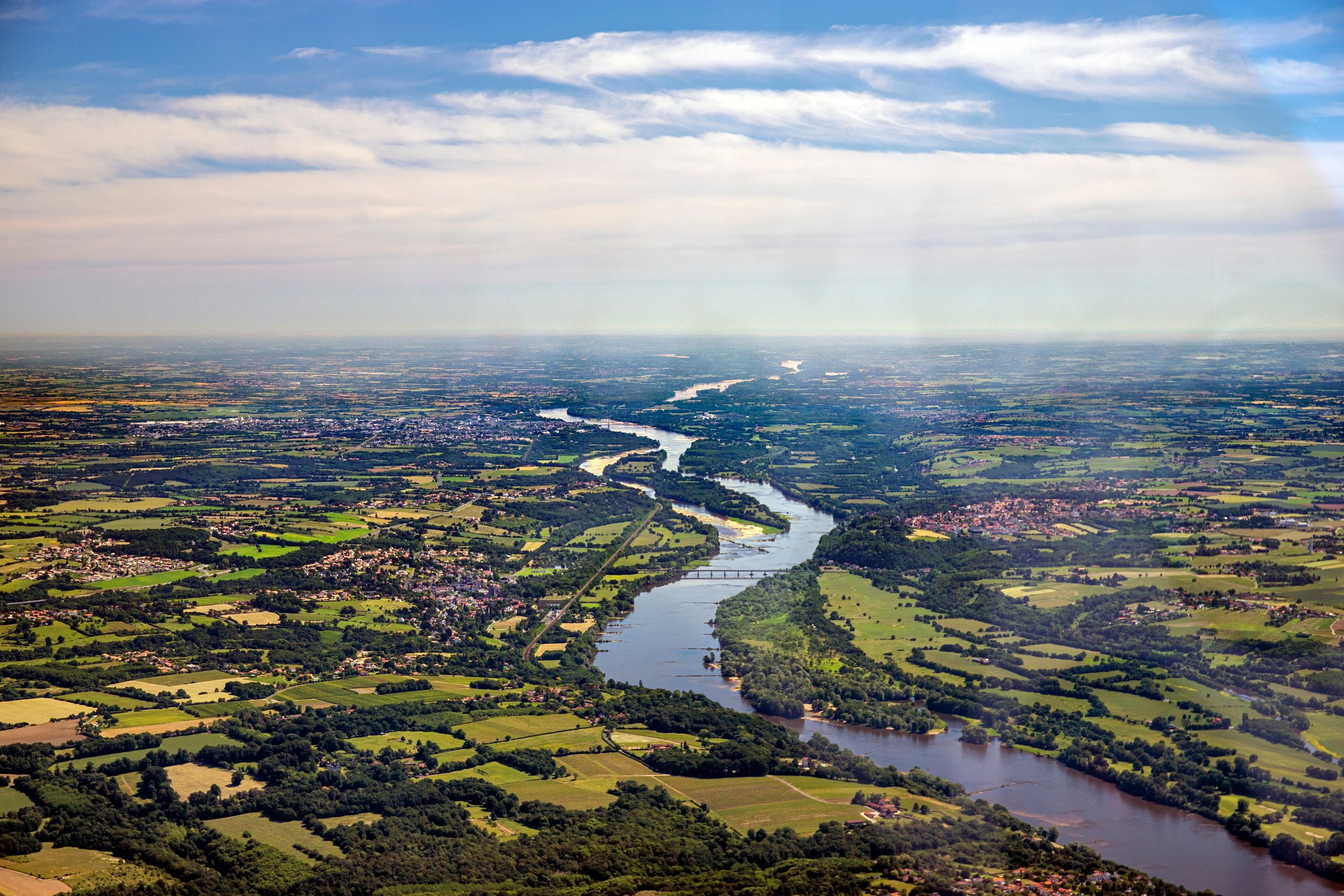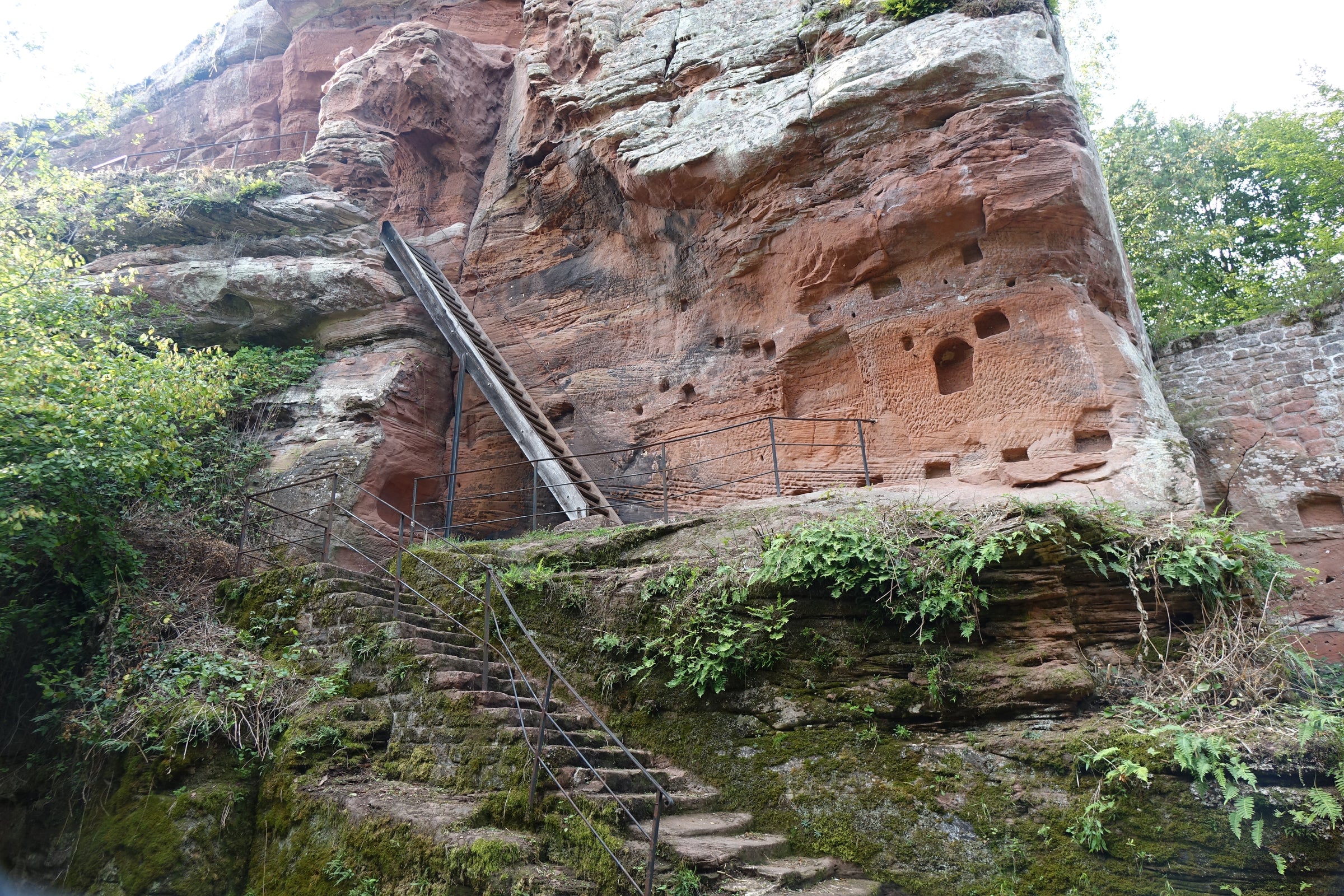If you were tasting this Champagne blind—as in, blindfolded—you might be tricked into thinking you were smelling a lighter-weight red Burgundy. Of course you’d then sip it and its effervescence and citrus twang would bring you to Champagne, but there is, without a doubt, a red-fruited aspect to this sparkler that speaks loudly of its varietal composition: 55% Pinot Noir and 45% Pinot Meunier, grown in the Premier Cru village of Chamery on Champagne’s Montagne de Reims.
Yes, the villages of the Montagne de Reims are where you’re most likely to find Champagne’s best ‘Pinot-driven’ wines, and this one really wears its heart on its sleeve, showing off a coppery color and complementing its dried red currant and red apple aromas with a firm mineral underpinning and a dash of warm spice. It is delicious, well-rounded Champagne, and yet another new discovery among Champagne’s burgeoning crop of serious grower-producers (a.k.a. récoltants-manipulants).
Chamery (also home to Bonnet-Ponson and Pascal Lallement, both of whose wines we’ve offered here) is toward the northern end of the Montagne de Reims, with vineyards oriented north-northeast. Pinot Meunier is the village’s most-planted grape of the Champagne “big three,” though at Perseval-Farge, which farms just four hectares of vines, it represents just 15% of the total, along with 30% Chardonnay and 50% Pinot Noir. The Perseval family traces its roots in the area to the early 18th century—Chamery is home to several houses with ‘Perseval’ in their names—and these days it’s Benoit and Isabelle Perseval who run the show, farming sustainably and seeking to decrease their use of sulfur in winemaking.
About three-quarters of the ‘base’ wine for “C. de Pinots” is fermented in stainless steel, with the remainder fermented in second-, third- and fourth-passage French oak barrels. About one-third of the component wines went through malolactic fermentation, and the cuvée spent a lengthy 48 months aging on its lees before it was disgorged and given a relatively light dosage (sugar addition) of 7 grams/liter.
This is a substantial, savory Champagne. In the glass it’s a deep straw-gold with light copper highlights, with bold aromas of white cherry, red currant, red apple, rose petals, warm spices, brioche and crushed stones. Medium-plus in body and loaded with what the Champenois would call ‘vinosity,’ it makes a big palate impact and lingers long on the finish. As with so many well-made grower Champagnes, this gives you the foolproof option of either cellaring it for 10-15 years or popping the cork tonight. If it’s the latter, serve it at 50 degrees in ‘regular’ wine stems—this is definitely a style of Champagne you may well prefer when the effervescence has dissipated. And don’t sip it like a cocktail, deep and lasting as it may be: this has the makings of a great ‘main course’ Champagne with poultry, pork, fish…maybe even beef, actually. The backbone is there. Try it with the attached recipe, a wintry salmon preparation that should really bring out the savory side of this wine. Enjoy!


